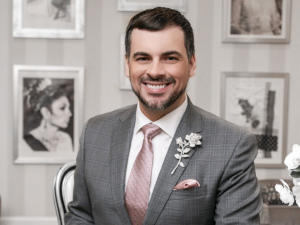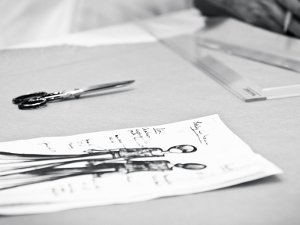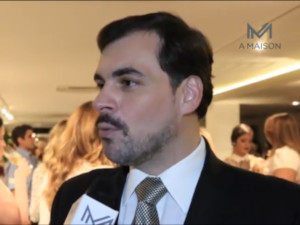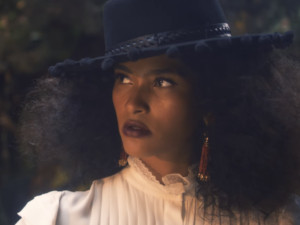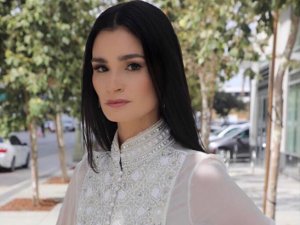Kabuki
Kabuki
The costumes, characters, colors, delicacy and passion of the Kabuki theater form the starting point for the inspiration of the Atelier Sandro Barros autumn / winter 2015 collection, which will be launched with press brunch and invited guests on Thursday of March.
On a recent trip to Japan, Sandro immersed himself in various elements of local culture that refer to his childhood in the interior of São Paulo. "The Japanese colony is very strong in my hometown and in my own family. I was so fascinating about the country that I started to study Japanese as a teenager, "says the stylist. Recent exhibitions on the Hokusai engraver, a public success at the Grand Palais in Paris, and Kimonos at the Metropolitan of New York, have instigated him to dwell even more on the subject. "Japan is a fascinating culture. At the same time as it acts in contemporary times in neighborhoods like Ginza and Omotesando in Tokyo, it preserves its ancient history in the temples of Kyoto and in the Kabuki theater, which has remained crowded for centuries. " < p>
While evoking different aspects of Japanese culture, such as bamboos, dragons, geisha, Imari porcelain, cherry blossoms, momiji leaves and Shinto temples, in the form of in-line precious embroidery, crystals and sequins, tubular and straight silhouettes, obi dresses and delicate prints, the collection makes reference to Japan that connects to the world after the Meiji Era. "I thought of the Japanese fever of the second half of the nineteenth century, which led Western fashion to free the female silhouette. Worth, Poiret and even Chanel were influenced by this movement to abolish the corsets and leave women with more freedom of movement, "says Sandro. Even the tattoos of Yakuza, the dreaded Japanese mafia, and the graffiti of the Harajuku and Roppongi walls, neighborhoods with more street footprint in Tokyo, are present. "The tattoos drink totally in the fountain of the Kabuki theater", says the stylist.
Classic couture fabrics such as zibeline, mousseline, tule ilusione, organza, crepe and velvet share the macaws with gold lamé, velvet devoures and lace guipure and whipped cream. The printed fabrics are unique to each model, guaranteeing the use of a single customer. The most elaborate colors were red, navy, light pink, nude, golden and the combination blue with white, yellow with turquoise and black with white or gold.
The collection was photographed by Peu Campos, the scene was created with materials Celina Dias, 100% events and Vic Meirelles. The model Debora Wagatsuma (Ford) was made by Jr Mendes and used jewelry Izabel Esteves, Silvia Furmanovich, Amsterdam Sauer and Ara Vartanian. Accessories Alexandre Birman, Isla, Serpui Marie, Glorinha Paranaguá and Cris Senna complete the styling.


